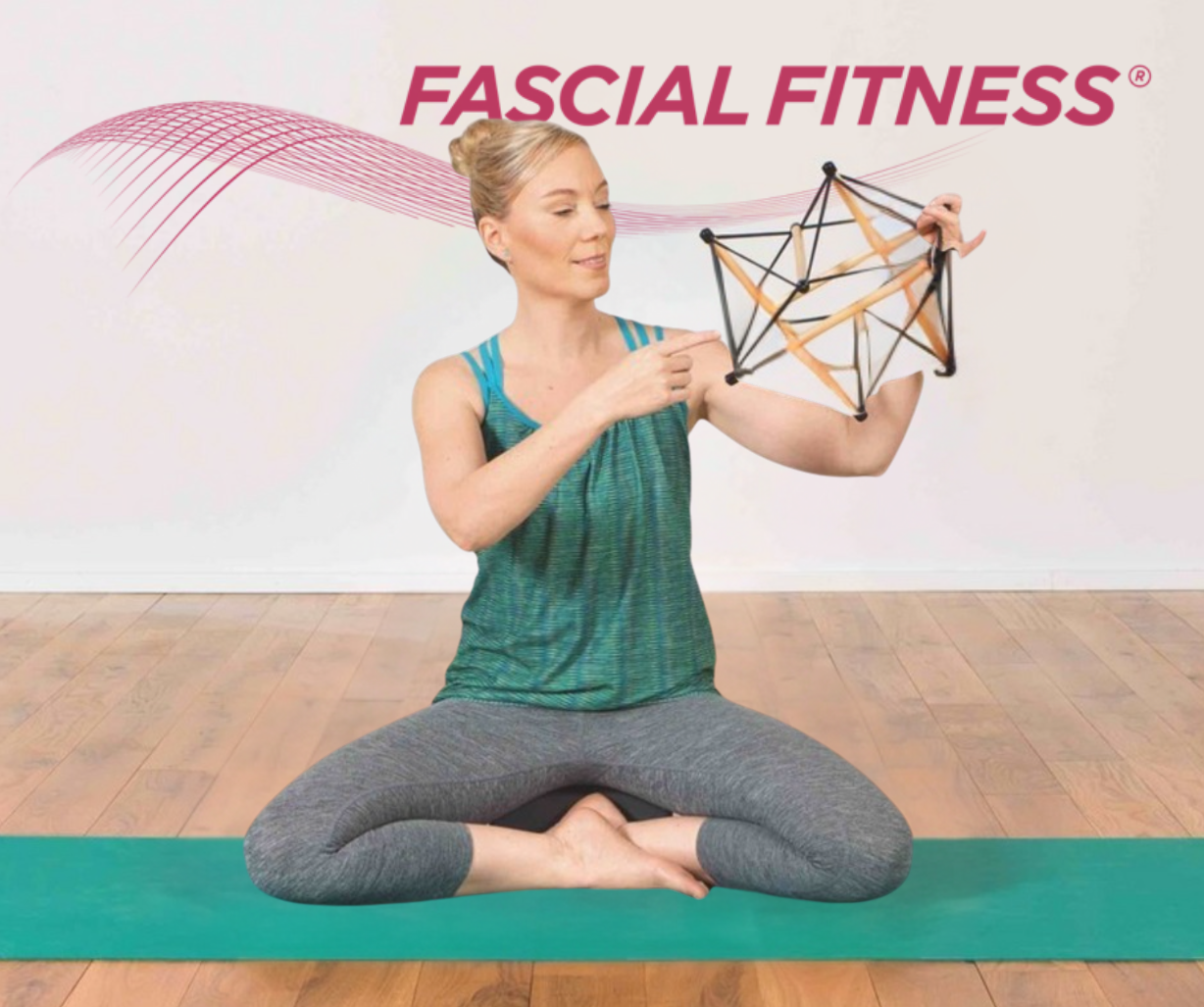Studies have shown that the human anatomy has the ability to generate greater force at the end ranges of motion when the muscle is at its shortest length while using isokinetic machines, as compared to traditional weightlifting.
When we use traditional weights, mechanical advantage and momentum of the weight play a big role. It’s like riding on an elevator. When you’re riding on an elevator and you’re about to stop at the top you become deloaded because momentum continues to carry the weight.
The same thing happens on the trap bar. So you’re not getting nearly as the amount of forced production in your glutes, hamstrings and low back as you’re more than halfway through the lift as you would on an isokinetic machine.
The technology is real and probably the biggest game-changing technology in the marketplace. Check out the OHM Run Trainer, now available through Perform Better.
Isokinetic training is a key element to addressing fascia training and co-contraction.


